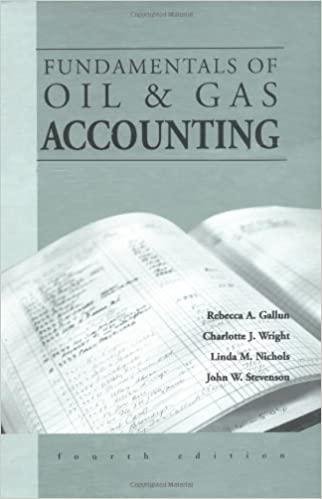Question
Name _______________________________________________ Date_________ last 4 PSU ID _______ Economics 304WD -- Homework - Lesson 8 Demand for Money - 85 points total You need to
Name _______________________________________________ Date_________ last 4 PSU ID _______
Economics 304WD -- Homework - Lesson 8 Demand for Money - 85 points total
You need to show your work, not just the final answer
Use the template to complete your work or points will be taken off.
Please put your name and PSU ID number at the top of the page
Save the file on your computer (.PDF is the only format allowed) and then upload it to the Canvas dropbox for this homework assignment.
Be sure your assignment is all on one file. Failure to submit a single file will result in points being deducted
(65 points total) Suppose the real money demand function is:
Assume M = 3600, P = 2.0, e = 0.01, and Y = 5000.
Note: we are holding P and Y constant in this problem until we get to case #2 below.
(5)What is the market clearing real interest rate?
|
|
r =
(10)Show your results on a real money supply, real money demand diagram and label this initial equilibrium point as point A. Be sure to label your graph completely! Correctly drawn and completely labeled diagram is worth 10 points total. Be sure to put relevant shift variables in parentheses next to the appropriate function.
Case #1
(5 points) Suppose Janet Yellen and the Fed were successful in their campaign to raise inflationary expectations to 4% (.04). Why would they want to do this? Use the Fisher equation to support your argument.
|
|
(5 points) Solve for the real interest rate that clears the money market given the change in inflationary expectations. Please show work and Label this new point as point B on your diagram above.
|
|
r =
(10 points) Explain how this strategy of raising inflationary expectations is supposed to stimulate output. Recall that output is equal to C + I + G! Be very specific. Hint: The price of current consumption in terms of future consumption and the user cost of capital most definitely need to be in your response.
|
|
Case #2
Let us return to our original conditions. Please redraw the original graph locating point A (this is with e = 0.01, we are holding expected inflation constant in case #2)
(5 points) We now experience some economic growth so that Y = 5500. This is the only change. Resolve for the market clearing real rate of interest and label on your diagram as point B. Please show all work and label this as point B on the graph above. Correctly drawn and completely labeled diagram is worth 10 points total. Be sure to put relevant shift variables in parentheses next to the appropriate function.
|
|
r =
(5 points) Now explain exactly why the real rate of interest had to change the way it did to clear the money market. Please be clear with the intuition being sure to refer to the bond market in your answer. You should begin your response with "At the same real rate of interest, the money market is no longer clearing. In particular money demand ..." you can finish the rest.
|
|
(5 points) Suppose the Fed wanted to keep real interest rates constant at their original level. Suppose also that the money multiplier is 0.75, which is consistent with reality since the Fed began paying interest on reserves beginning in October 2008. What exactly would the Fed have to do to keep real interest rates constant at their original level? Be specific with regard to the type and quantity of open market operations the Fed would need to conduct to be successful in keeping real interest rates constant at their original level.
(5 points)
|
|
Finally, explain the movement to the new equilibrium in the money market given the Fed expansion and show on your diagram as point C. Be sure to refer to the bond market as you did in part f). In fact, you should start your response the same way.
(10)Using the percent change of the equation of exchange, explain what assumptions need to be made to make the argument that the Fed should allow for the nominal money supply to grow at 5%.
|
|
This question will dig deeper into the velocity of money.
(5)Define the velocity of money.
|
|
(5)What does it mean if the percent change in velocity is negative?
|
|
(5)Give a real-life example of how this could be possible?
|
|
(5)What central banking nightmare can occur if we see the percent change in velocity of money turn negative and the Fed does not react?
|
|
Step by Step Solution
There are 3 Steps involved in it
Step: 1

Get Instant Access to Expert-Tailored Solutions
See step-by-step solutions with expert insights and AI powered tools for academic success
Step: 2

Step: 3

Ace Your Homework with AI
Get the answers you need in no time with our AI-driven, step-by-step assistance
Get Started


